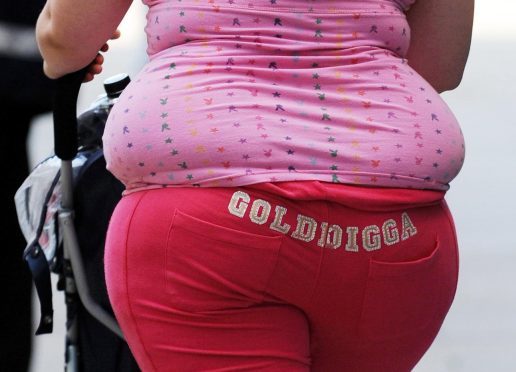Scientists have discovered that women are more likely to gain weight than men because they are wired differently in the brain.
Researchers have found that different sets of brain hormones regulate appetite and physical activity in both sexes during a study involving mice.
Male mice ate normally when the brain hormones, known as pro-opiomelanocortin (POMC) peptides, were working properly and carried out the right amount of physical activity.
But the same set of POMC peptides only appeared to have an affect on the appetites of female mice.
Now scientists believe that this could explain why women find it more difficult than men to stop gaining weight.
The research could pave the way for a difference in how obesity is tackled between the sexes.Lora Heisler from the Rowett Institute of Nutrition and Health, who led the research, said: “The World Health Organisation (WHO) reports higher rates of obesity in women worldwide, reaching twice the prevalence of men in some parts of the world.
“Currently there is no difference in how obesity is treated in men and women. However, what we have discovered is that the part of the brain that has a significant influence on how we use the calories that we eat is wired differently in males and females.
“Cells in this brain region make important brain hormones called pro-opiomelanocortin (POMC) peptides that are responsible for regulating our appetite, physical activity, energy expenditure and body weight.
“We found that the POMC peptides that control appetite in males also control physical activity and body weight. But in females they are wired differently.”
Professor Heisler said tests were carried out on obese mice to find out how the set of POMC neurons affected their weight.
And she said researchers were surprised to find a difference in how the POMC was organised in the brain according to the mouse’s sex.
She said: “When POMC was turned off in both males and females, both essentially went into energy conservation mode. They ate a lot to save as much energy as possible and moved around very little.
“Their brains were somehow telling them when the POMC was turned off that they the needed to conserve energy.
“When we restored POMC and it was working normally, the appetite and physical activity was corrected in the male mice and so was the body weight.
“These genetically programmed obese mice were turned into lean mice.
“But in the females, when we turned the POMC back on, their appetite was corrected but they remained physically inactive and reduced energy expenditure. Over time they gained weight and became obese and had excess body fat.
“What this tells us is that there’s a subset of cells which makes the POMC peptides in male mice sufficient to control appetite and energy expenditure in males but not in females.
“It tells us that males and females are wired differently. So when we then develop medication to improve obesity we need to then take this into account.”
